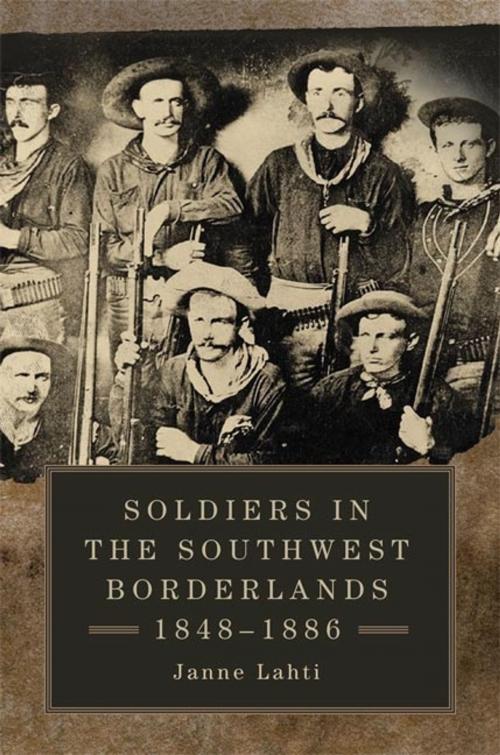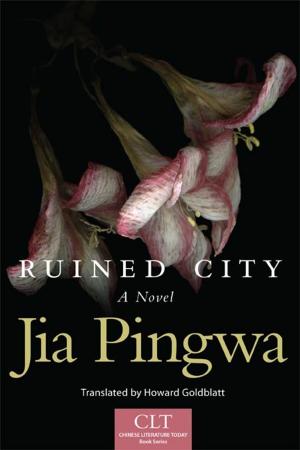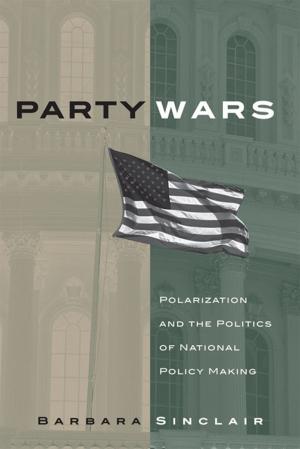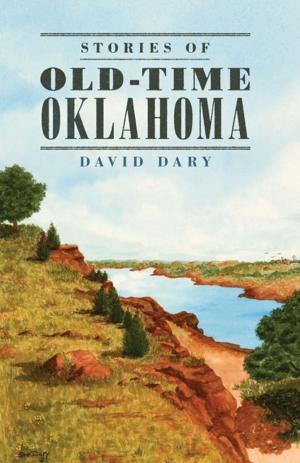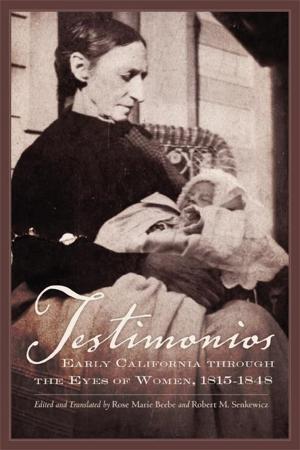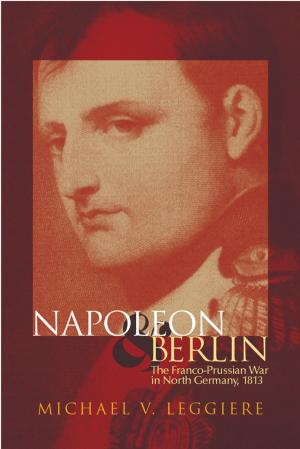Soldiers in the Southwest Borderlands, 1848–1886
Nonfiction, History, Military, United States, Biography & Memoir, Historical, Americas| Author: | ISBN: | 9780806158440 | |
| Publisher: | University of Oklahoma Press | Publication: | April 13, 2017 |
| Imprint: | University of Oklahoma Press | Language: | English |
| Author: | |
| ISBN: | 9780806158440 |
| Publisher: | University of Oklahoma Press |
| Publication: | April 13, 2017 |
| Imprint: | University of Oklahoma Press |
| Language: | English |
Most military biographies focus on officers, many of whom left diaries or wrote letters throughout their lives and careers. This collection offers new perspectives by focusing on the lives of enlisted soldiers from a variety of cultural and racial backgrounds. Comprised of ten biographies, Soldiers in the Southwest Borderlands showcases the scholarship of experts who have mined military records, descendants’ recollections, genealogical sources, and even folklore to tell common soldiers’ stories.
The essays examine enlisted soldiers’ cross-cultural interactions and dynamic, situational identities. They illuminate the intersections of class, culture, and race in the nineteenth-century Southwest. The men who served under U.S. or Mexican flags and on the payrolls of the federal government or as state or territorial volunteers represented most of the major ethnicities in the West—Hispanics, African Americans, Indians, American-born Anglos, and recent European immigrants—and many moved fluidly among various social and ethnic groups. For example, though usually described as an Apache scout, Mickey Free was born to Mexican parents, raised by an American stepfather, adopted by an Apache father, given an Irish name, and was ultimately categorized by federal authorities as an Irish Mexican White Mountain Apache. George Goldsby, a former slave of mixed ancestry, served as a white soldier in the Union army during the Civil War, and then served twelve years as a “Buffalo Soldier” in the all-black Tenth U.S. Cavalry. He also claimed some American Indian ancestry and was rumored to have crossed the Mexican border to fight alongside Pancho Villa.
What motivated these soldiers? Some were patriots and adventurers. Others were destitute and had few other options. Enlisted men received little professional training, and possibilities for advancement were few. Many of these men witnessed, underwent, or inflicted extreme violence, some of it personal and much of it related to excruciating military campaigns.
Spotlighting ordinary men who usually appear on the margins of history, the biographical essays collected here tell the stories of soldiers in the complex world of the Southwest after the U.S.-Mexican War.
Most military biographies focus on officers, many of whom left diaries or wrote letters throughout their lives and careers. This collection offers new perspectives by focusing on the lives of enlisted soldiers from a variety of cultural and racial backgrounds. Comprised of ten biographies, Soldiers in the Southwest Borderlands showcases the scholarship of experts who have mined military records, descendants’ recollections, genealogical sources, and even folklore to tell common soldiers’ stories.
The essays examine enlisted soldiers’ cross-cultural interactions and dynamic, situational identities. They illuminate the intersections of class, culture, and race in the nineteenth-century Southwest. The men who served under U.S. or Mexican flags and on the payrolls of the federal government or as state or territorial volunteers represented most of the major ethnicities in the West—Hispanics, African Americans, Indians, American-born Anglos, and recent European immigrants—and many moved fluidly among various social and ethnic groups. For example, though usually described as an Apache scout, Mickey Free was born to Mexican parents, raised by an American stepfather, adopted by an Apache father, given an Irish name, and was ultimately categorized by federal authorities as an Irish Mexican White Mountain Apache. George Goldsby, a former slave of mixed ancestry, served as a white soldier in the Union army during the Civil War, and then served twelve years as a “Buffalo Soldier” in the all-black Tenth U.S. Cavalry. He also claimed some American Indian ancestry and was rumored to have crossed the Mexican border to fight alongside Pancho Villa.
What motivated these soldiers? Some were patriots and adventurers. Others were destitute and had few other options. Enlisted men received little professional training, and possibilities for advancement were few. Many of these men witnessed, underwent, or inflicted extreme violence, some of it personal and much of it related to excruciating military campaigns.
Spotlighting ordinary men who usually appear on the margins of history, the biographical essays collected here tell the stories of soldiers in the complex world of the Southwest after the U.S.-Mexican War.
